Polymers, Free Full-Text
Por um escritor misterioso
Last updated 16 novembro 2024

An ecological mortar is designed from industrial sub-products, with the objective of utilizing both the slag residues, generated during steel manufacturing processes, and the waste from Polyurethane Foam (PF) panels, generated during refrigerator chamber manufacturing processes. The ecological mortar design involves the dosing of Electric Arc Furnace (EAF) slag, together with finely ground Polyurethane Foam, cement, and additives. An energy efficient prefabricated block is designed with the mortar, for use in construction, and its energy performance is assessed as a material inserted within the envelope of a service sector (hospital) building, either as an exterior skin, or as an enclosing component within the façade interior. The main contribution of this research is the characterization of the thermo-physical and mechanical properties of a new prefabricated panel made with recycled materials. The full characterization of the properties of these new materials is presented and discussed. The new prefabricated panel demonstrates adequate thermo-mechanical characteristics as a substitute for traditional materials, while improving the sustainability of the building. As a secondary objective, the energy behaviour of the new panels when integrated in a real building is presented by means of a case study simulation. The use of computational thermal simulation confirmed that the properties of the prefabricated block influenced the annual thermal demand of the building for heating and cooling. Improvements to the thermal inertia of the building envelope were also confirmed with the inclusion of PF waste, giving the mortar an energy performance that was similar to conventional materials, in such a way that its use in façade construction may be validated, in addition to its environmental benefits, due to it having been manufactured with critical recycled industrial waste such as EAF slag and PF, thereby contributing to both the circular economy and sustainable development.
Polymer Blends: Journal of Macromolecular Science, Part C: Vol 18, No 1

Polymer - Wikipedia
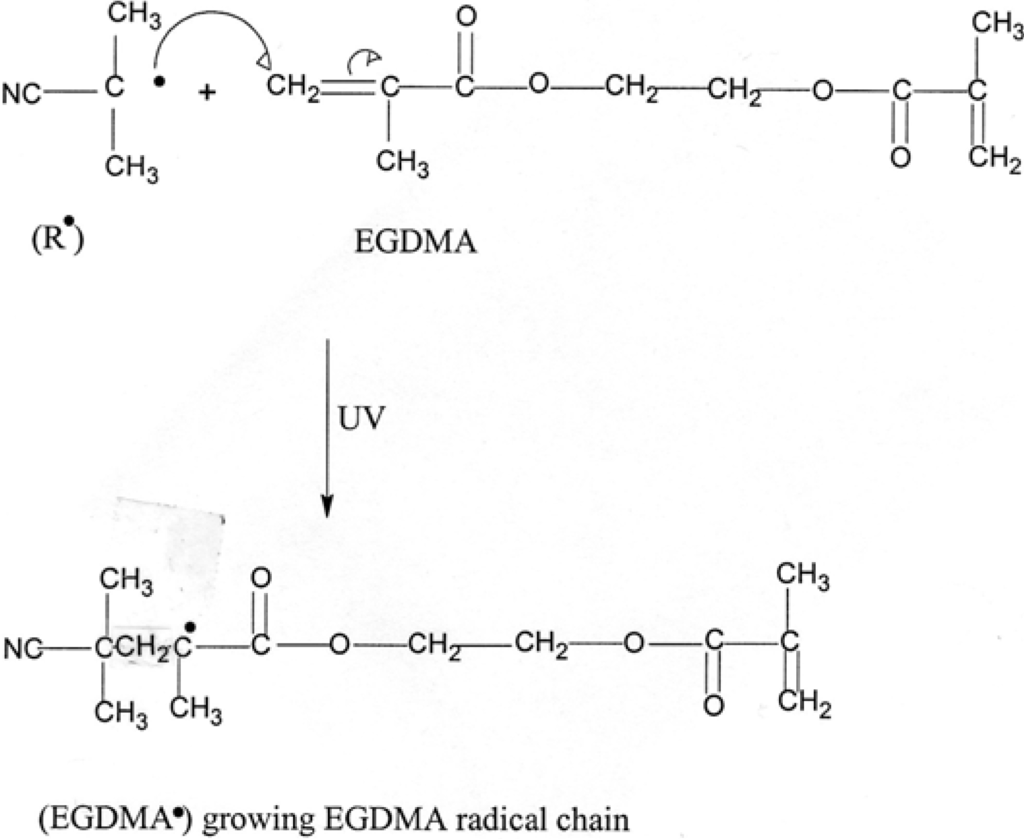
Polymers Free Full-Text Synthesis Of Ethylene Glycol Dimethacrylate-Methyl Methacrylate Copolymers, Determination Of Their Reactivity Ratios, And A Study Of Dopant And Temperature Effects On Their Conductivities

Sustainable polymers from biomass: Bridging chemistry with materials and processing - ScienceDirect
Polymers, Free Full-Text
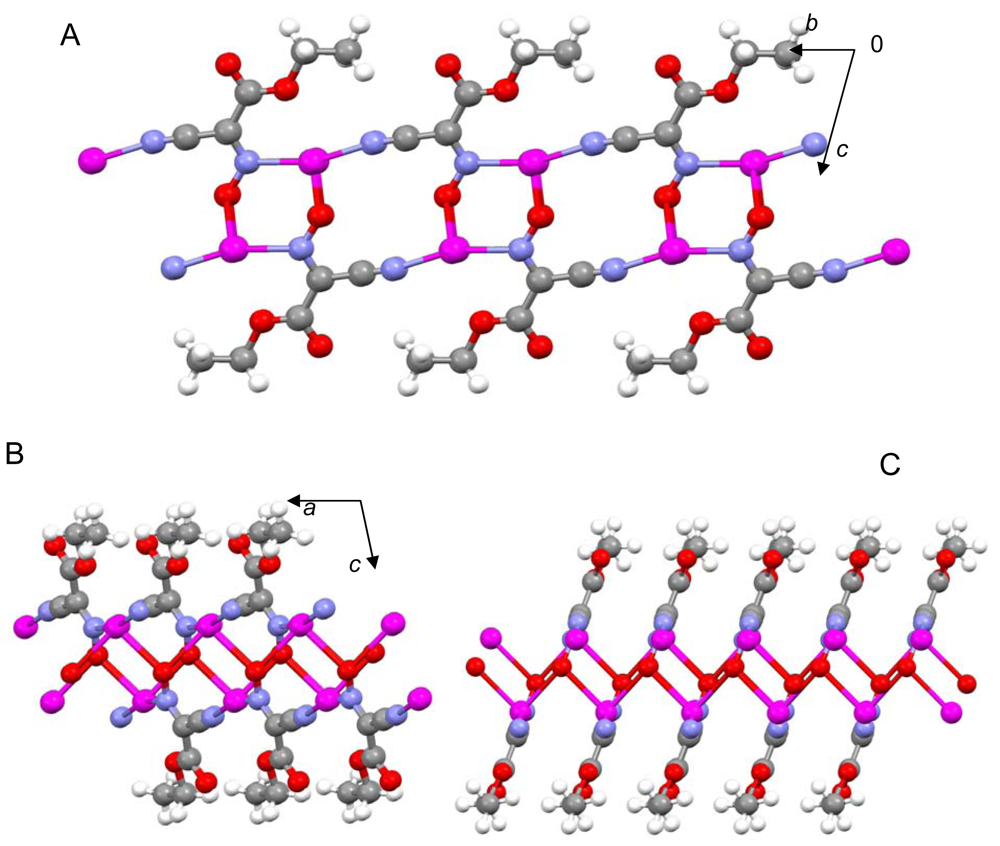
Polymers, Free Full-Text

Journal of Polymer Science: Early View

Polymer-Plastics Technology and Materials: Vol 63, No 3 (Current issue)

Industry News published by Condensia Química

Polymers - Classification, Types, Uses, Properties and Polymerization
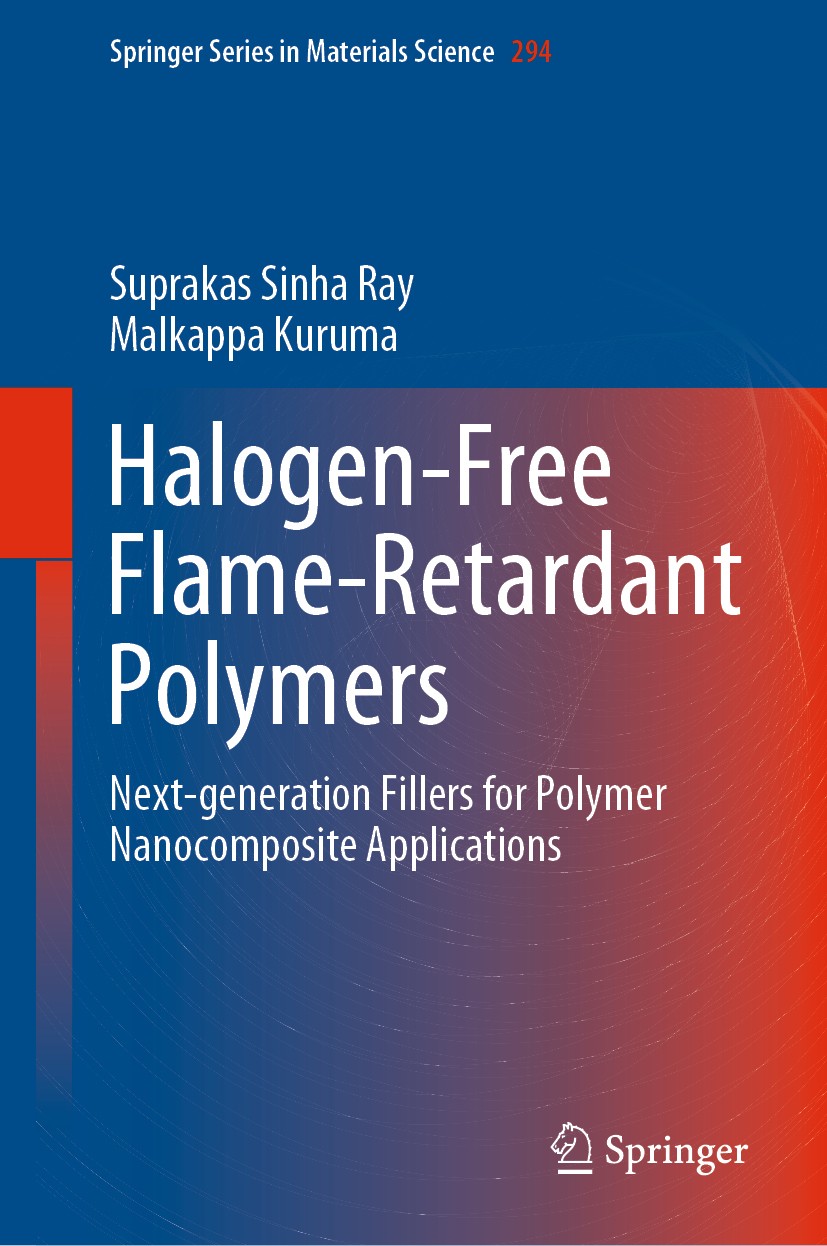
Halogen-Free Flame-Retardant Polymers

High free volume polymers for pervaporation - ScienceDirect

A polymer-coated, paclitaxel-eluting stent (Eluvia) versus a polymer-free, paclitaxel-coated stent (Zilver PTX) for endovascular femoropopliteal intervention (IMPERIAL): a randomised, non-inferiority trial - The Lancet
Recomendado para você
-
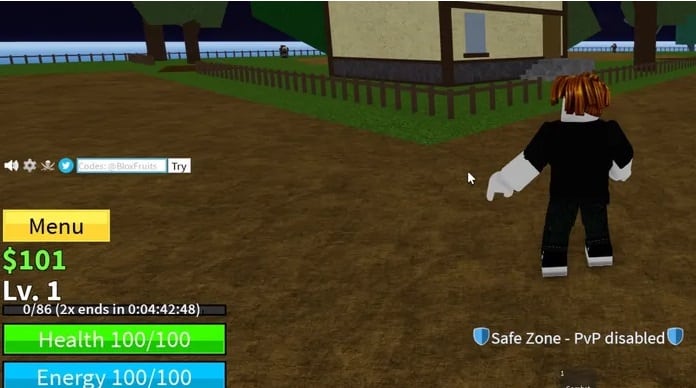 Códigos activos Blox Fruits Outubro de 202316 novembro 2024
Códigos activos Blox Fruits Outubro de 202316 novembro 2024 -
 todos os códigos de Double XP no Block Studio em 202316 novembro 2024
todos os códigos de Double XP no Block Studio em 202316 novembro 2024 -
 Blox Fruits codes June 2023: How to get double XP and more16 novembro 2024
Blox Fruits codes June 2023: How to get double XP and more16 novembro 2024 -
 DPS - Digital Products Shop16 novembro 2024
DPS - Digital Products Shop16 novembro 2024 -
 Knockout City Roadmap Announces New Map, A Brand New Ball & More16 novembro 2024
Knockout City Roadmap Announces New Map, A Brand New Ball & More16 novembro 2024 -
![Wolfenstein: Youngblood - PC Deluxe Edition [ Exclusive Bonus] : Video Games](https://images-na.ssl-images-amazon.com/images/W/MEDIAX_792452-T2/images/I/81Kqv8LUKDL._AC_UL210_SR210,210_.jpg) Wolfenstein: Youngblood - PC Deluxe Edition [ Exclusive Bonus] : Video Games16 novembro 2024
Wolfenstein: Youngblood - PC Deluxe Edition [ Exclusive Bonus] : Video Games16 novembro 2024 -
 Wave FLOW-3D16 novembro 2024
Wave FLOW-3D16 novembro 2024 -
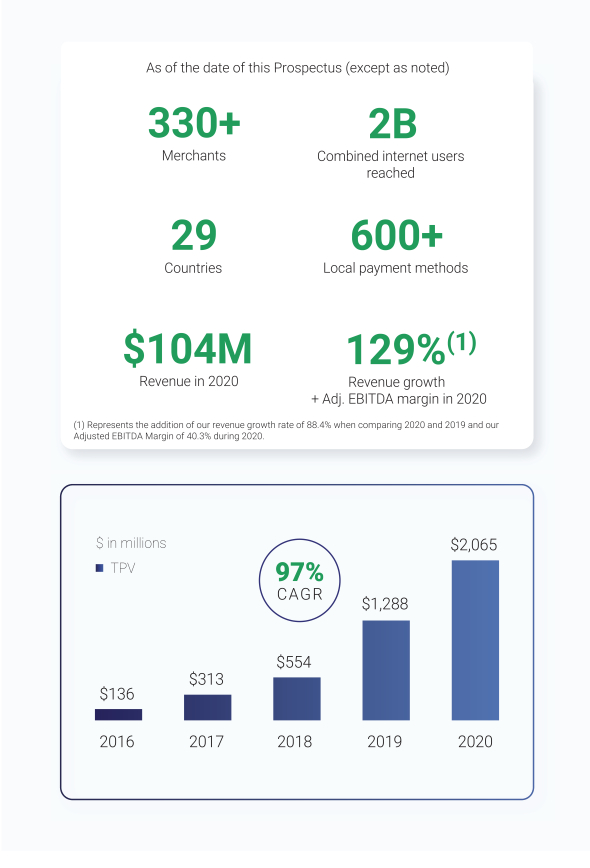 424B116 novembro 2024
424B116 novembro 2024 -
 Blox Fruits: veja e resgate a lista de códigos no Roblox16 novembro 2024
Blox Fruits: veja e resgate a lista de códigos no Roblox16 novembro 2024 -
 Esse Codigo vai te dar 7 HORAS de 2x XP no Blox Fruits! code blox fruit16 novembro 2024
Esse Codigo vai te dar 7 HORAS de 2x XP no Blox Fruits! code blox fruit16 novembro 2024
você pode gostar
-
 Tokyo Ghoul:re 2ª temporada do anime ganha data de estreia16 novembro 2024
Tokyo Ghoul:re 2ª temporada do anime ganha data de estreia16 novembro 2024 -
 Big Bass Bonanza Megaways Slot Review – Play Online16 novembro 2024
Big Bass Bonanza Megaways Slot Review – Play Online16 novembro 2024 -
 logos quiz answers16 novembro 2024
logos quiz answers16 novembro 2024 -
 12 Minutes of Metal Hellsinger Gameplay - Stygia16 novembro 2024
12 Minutes of Metal Hellsinger Gameplay - Stygia16 novembro 2024 -
 The most anticipated video games of 2023 Diablo IV, FFXVI and more - The Washington Post16 novembro 2024
The most anticipated video games of 2023 Diablo IV, FFXVI and more - The Washington Post16 novembro 2024 -
 “Dragon Ball Super: Super Hero” leva personagens queridos às telonas16 novembro 2024
“Dragon Ball Super: Super Hero” leva personagens queridos às telonas16 novembro 2024 -
2023 Henrico employee portal Us; to16 novembro 2024
-
 Yuusha Party wo Tsuihou sareta Beast Tamer,Saikyoushu no Nekomimi16 novembro 2024
Yuusha Party wo Tsuihou sareta Beast Tamer,Saikyoushu no Nekomimi16 novembro 2024 -
 Middle-earth: Shadow of War Definitive Edition - PC - Buy it at Nuuvem16 novembro 2024
Middle-earth: Shadow of War Definitive Edition - PC - Buy it at Nuuvem16 novembro 2024 -
 jogo da bombinha mines|Pesquisa do TikTok16 novembro 2024
jogo da bombinha mines|Pesquisa do TikTok16 novembro 2024